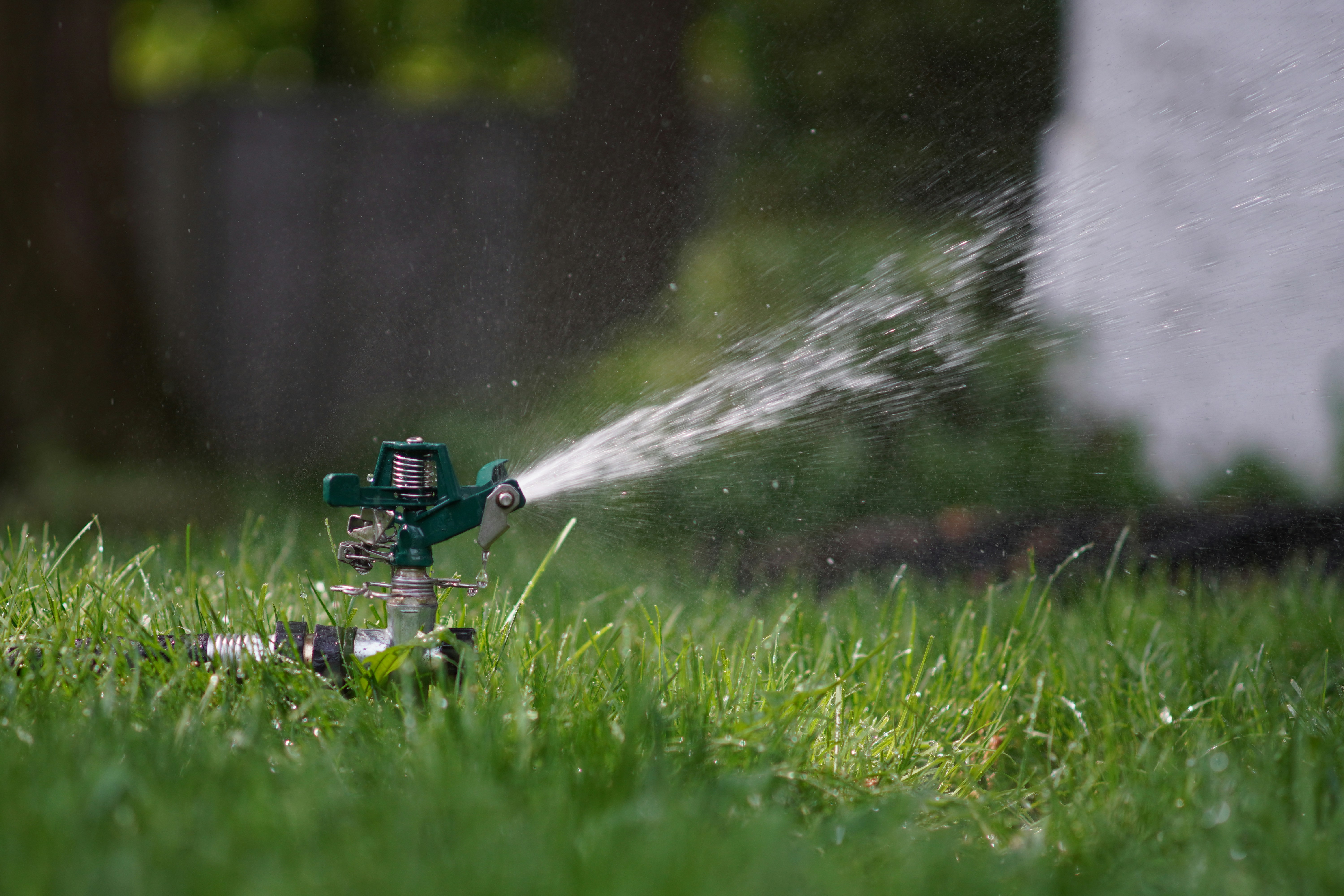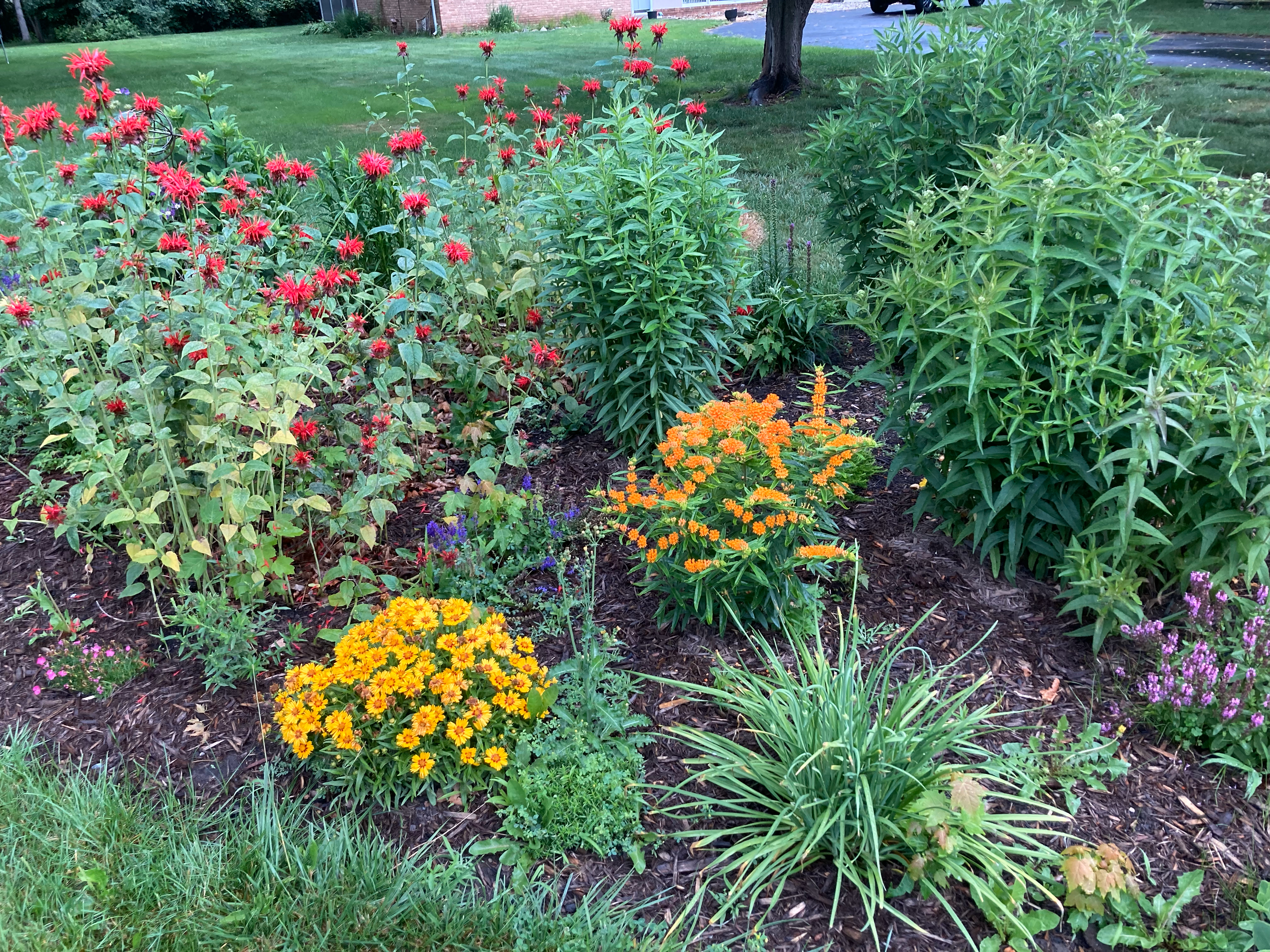Essential Water Conservation Tips for a Thriving Garden
Posted on: August 30, 2024
Water conservation is crucial not just for reducing utility bills, but also for maintaining a healthy, vibrant garden while protecting our precious water resources.

Here’s how to manage water efficiently across different areas of your garden:
Water Conservation for Lawns
- Amount: Cool-season grasses need about 1 to 1.5 inches of water per week. Water thoroughly but infrequently to encourage deep root growth. Frequent, shallow watering can lead to shallow roots and increased weed problems.
- Timing: Water in the early morning to reduce evaporation and ensure maximum absorption. Avoid watering in the evening, which can lead to increased lawn diseases.
- Dormancy: Let your lawn go dormant during hot, dry periods. Brown grass is a natural part of this cycle and will revive in cooler, wetter fall weather. Over-watering can waste water and potentially harm the grass.
- Monitor: Watch for excess runoff and adjust watering times accordingly. The goal is to provide enough water to penetrate the soil deeply without causing runoff.
- Avoid Excess: Overwatering can lead to lawn diseases and is wasteful. Adjust watering practices to avoid excess and promote a healthier lawn.
- Irrigation: Invest in a high-quality underground irrigation system. A well-designed system will save water and money in the long run.
- Audit: Regularly audit your irrigation system to detect leaks and inefficiencies. An efficient system can cut your water usage by up to 50%.
- Sensors: Install moisture sensors to prevent overwatering and ensure water is applied only when needed.
- Mowing Height: Keep grass at a height of 2.5 to 3 inches. Taller grass has deeper roots and retains moisture better.
- Fertilization: Minimize or eliminate fertilizer use during summer to avoid encouraging new growth that requires additional water.
- Compost: Use compost as a top dressing to improve soil’s water-holding capacity.
Water Conservation for Trees and Shrubs
- Deep Watering: Water trees and shrubs deeply and less frequently than shallow-rooted plants. Deep watering helps develop robust root systems and better drought resistance.
- Competition: If trees are competing with lawn areas for water, provide additional watering for them. Slow, deep watering around the base of trees is most effective.
- Natural Mulch: Apply natural mulch around shrubs and garden beds to reduce evaporation, suppress weeds, and improve soil moisture retention.
Water Conservation for Flower Gardens
- Drought-Tolerant Plants: Replace some turf areas with water-efficient, drought-tolerant plants and groundcovers. Consult with local gardeners or garden centers for suitable options.
- Native Wildflowers: Consider native summer wildflowers with deep roots. Once established, these often require little additional watering.
- Organic Matter: Prepare garden soil with compost or organic matter. A mix of 50% compost and 50% topsoil helps retain moisture and supports plant health.
- Plant Grouping: Group plants with similar water needs together to simplify irrigation and reduce water waste.
- Mulching: Use mulch to conserve water, reduce evaporation, and minimize weed growth. Place plants that need regular watering in beds designed to capture runoff from downspouts and driveways.
- Schedule: During dry periods, establish a consistent watering schedule, such as every other day or twice a week. Ensure that you water deeply but avoid over-watering.

Thoughtful watering practices not only ensure a thriving garden but also help sustain the environment for the long term. Happy gardening!